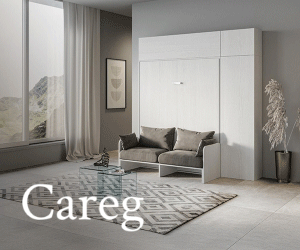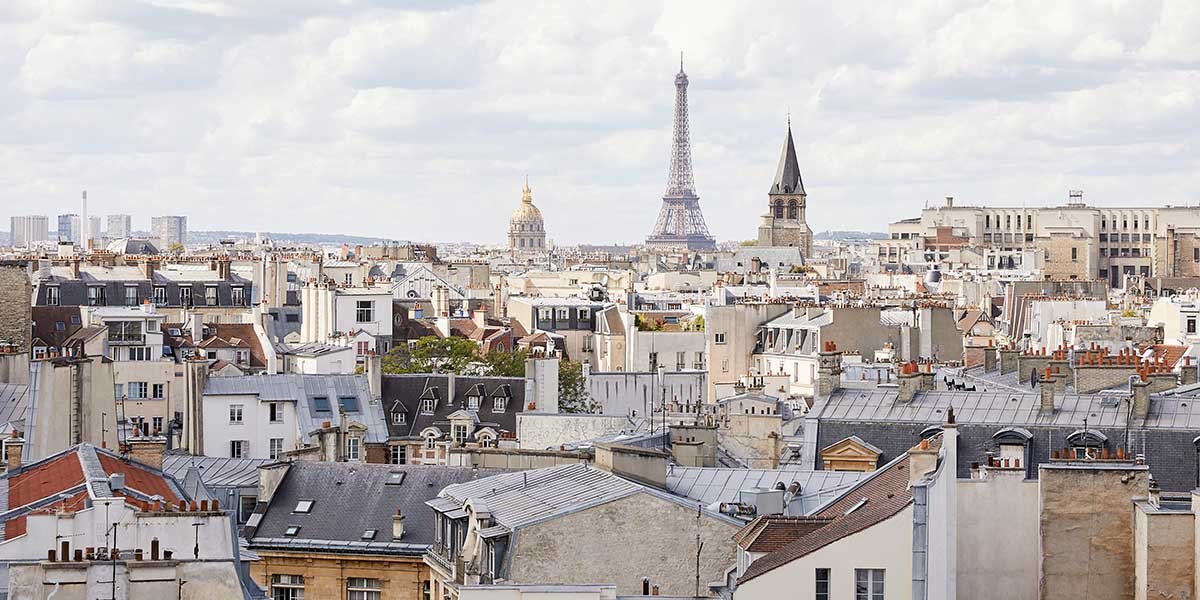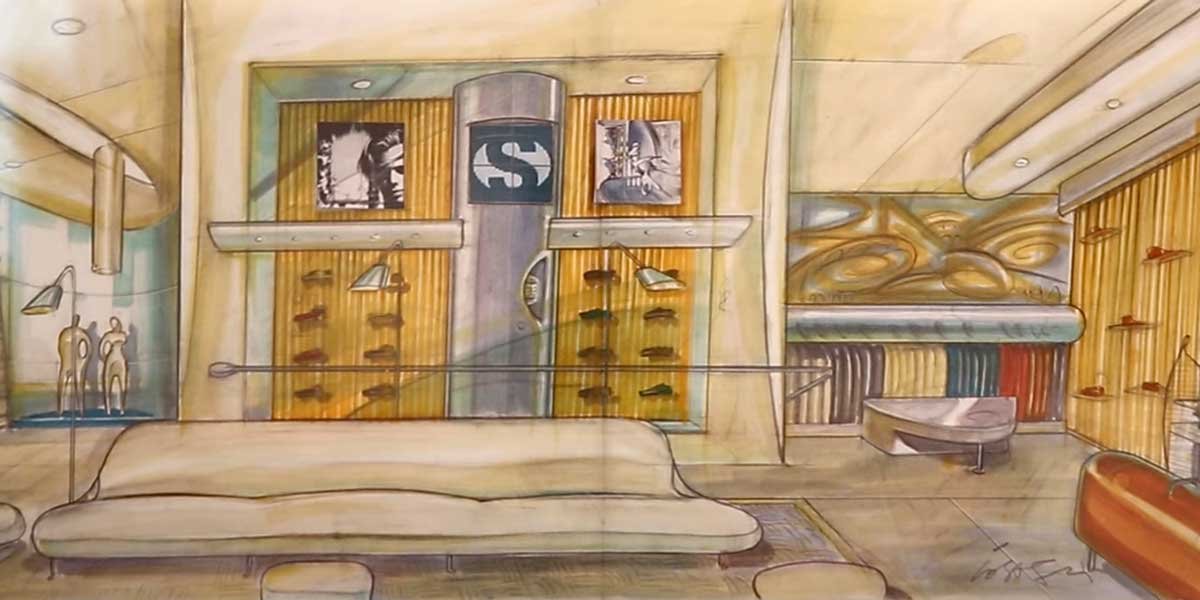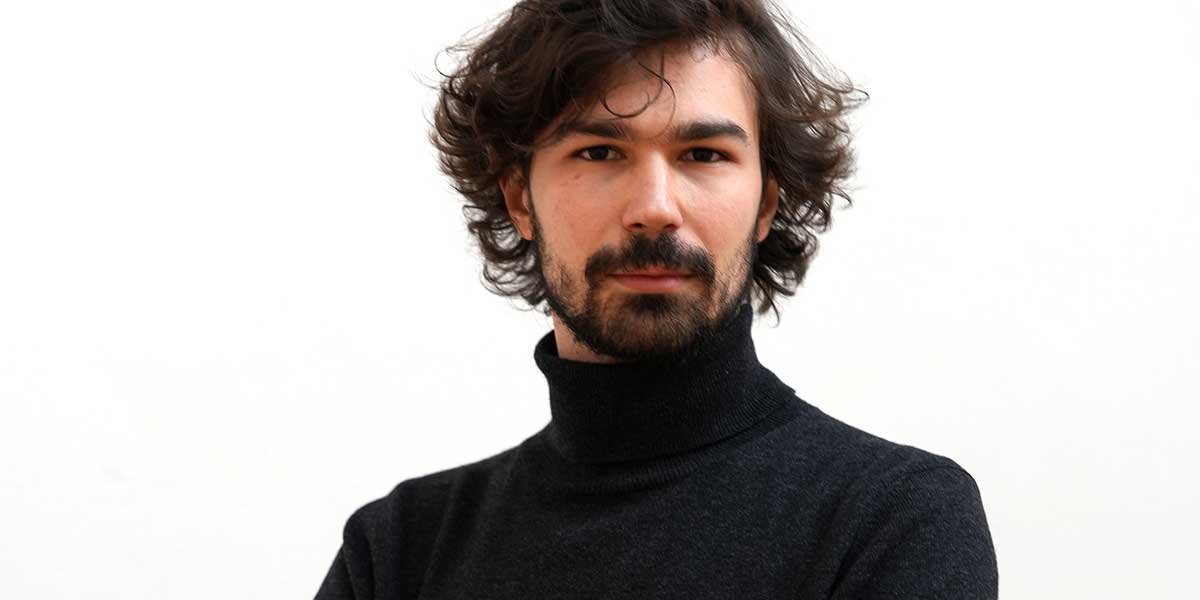by Costanza Carbotta.
Established in 2022, Cale Design finds its origins in the italian Renaissance. That’s why works by artists such as Piero della Francesca, pictorial techniques of the time and the territorial heritage of the Montefeltro area, the land of origin of its founders, are the first inspirations for Alessia Romani and Carla Gambioli. Each piece in their collections has a story and an origin: it follows an ancient tradition, so that it will never get old.
How does the connection with the territory manifest itself in your design?
It’s a sometimes literal, sometimes more veiled connection which echoes the artisanal techniques of our land. The Torricini and Duchi tiles are, for example, one a geometric synthesis of the façade of the Palazzo Ducale in Urbino and the other a recall of the unmistakable profiles of the Dukes of Montefeltro by Piero della Francesca.
Platonico is a truffle slicer which, recalling the gestures needed for its use, celebrates one of our most precious fruits. The inlay technique is shown in the Intarsio desk, in which the stools are pieces that make up and break down the object itself and, consequently, also the environment in which it is placed.
The Renaissance pictorial perspective is summarized in the Corte pocket tray, created with perspective games to house everyday objects. In Telaio, the suspended room divider, we sought a reference to the rurality of the past and to the action of working on the loom near the window.
Finally, we wanted to tell a suggestion rather than an actual technique with the Piero lamp, where the sphere acts as an adjustment while remaining suspended, taking inspiration from the paintings of Piero della Francesca.
On the left the Torricini tiles; on the right the Duchi tiles.
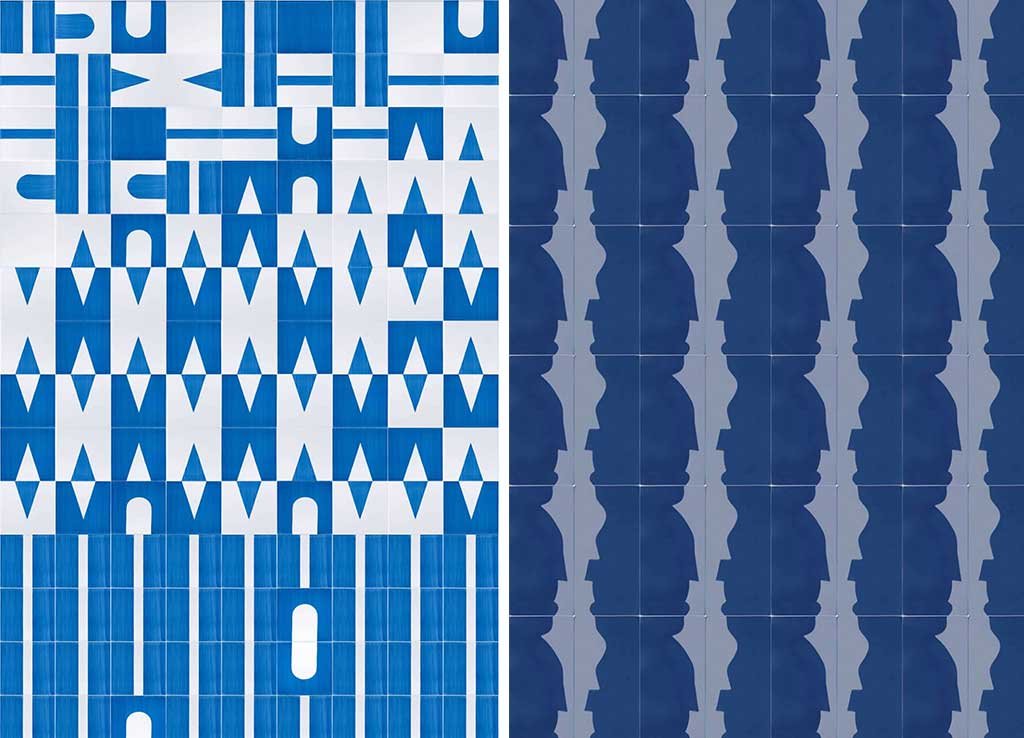
Where did your passion for Renaissance culture start? Why did you decide to link it to design?
It has its roots in our origins: we were both born in the province of Pesaro-Urbino, land of Raphael, Francesco di Giorgio Martini and many other famous Renaissance figures. Another reason was our studies, since we both graduated in Florence.
It all starts with the territory and its history, and we like to define this process of inspiration as a “handed down process”. We have studied and grasped universal feelings, balance, the beauty of proportion, a search for reduction, measurement and the”exception to the rule” that makes the object interesting and curious.
On the left, a detail of the Brera Altarpiece by Piero della Francesca, inspiration for the Piero lamp, on the right.

You were both born as architects, how did you come to work in design?
It is natural that in a journey the creative process moves from the general (in our case architecture) to the particular, and vice versa. The architectural projects, which we continue to carry out with Studio Gambioli, are strongly influenced by the budget, the client and the workers that you cannot choose in such public works.
This collection was instead born from a will free from working logic: it is us, in our truest and most authentic sense. In design, except for the strictly functional and sustainability aspects, we find a greater expressive freedom which, however, can be distracting and misleading. For this reason we look for the story behind each object.
On the left, Corte with a dense game of perspective; on the right, the Platonico truffle slicer.

You are a very young studio, what plans do you have for the future?
We will talk about the present and the future after the experience at the Salone Satellite, and about what we have done and what we want to do after. Right now we are in a phase of silent ferment, where we are making new collaborations official and trying to understand, in a careful and thoughtful way, how and where to position some products from our current collection.
So yes, we have new ideas, which for now we want to let sink in while waiting for the right moment, continuing to dedicate ourselves to what we have already started.
The two designers of Cale Design, Alessia Romani and Carla Gambioli.

On the cover, the Platonico truffle slicer.





